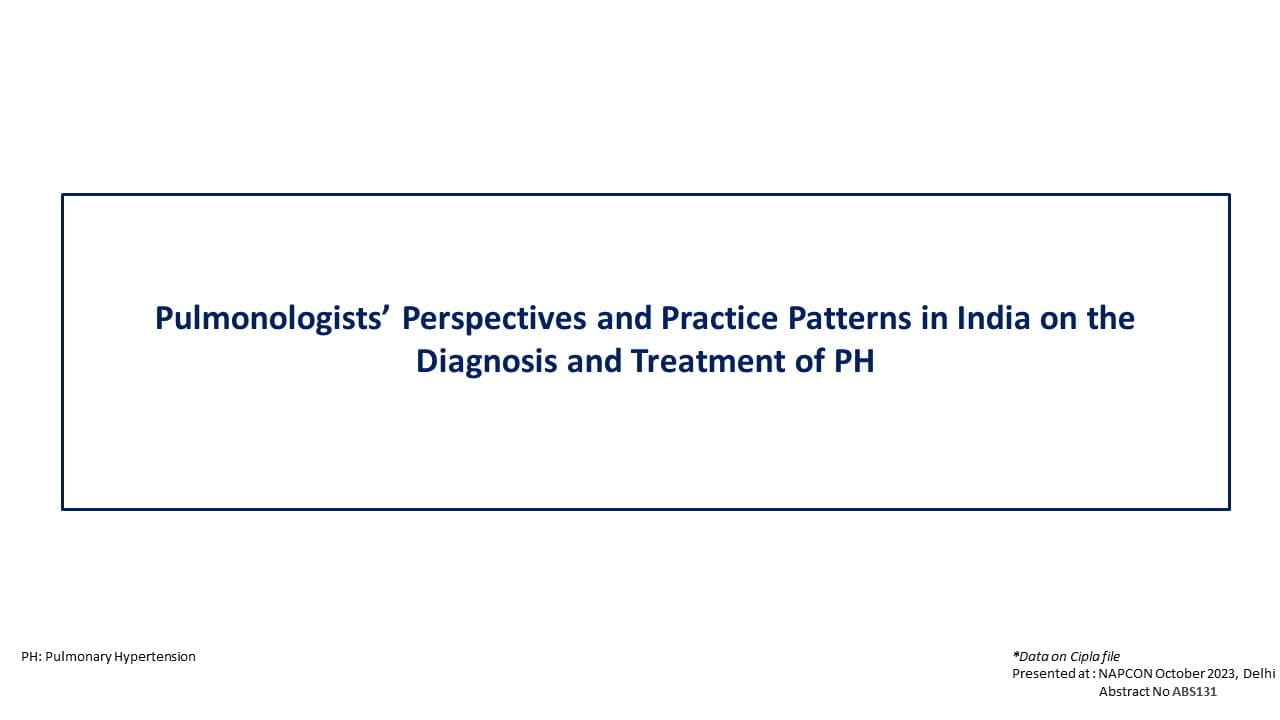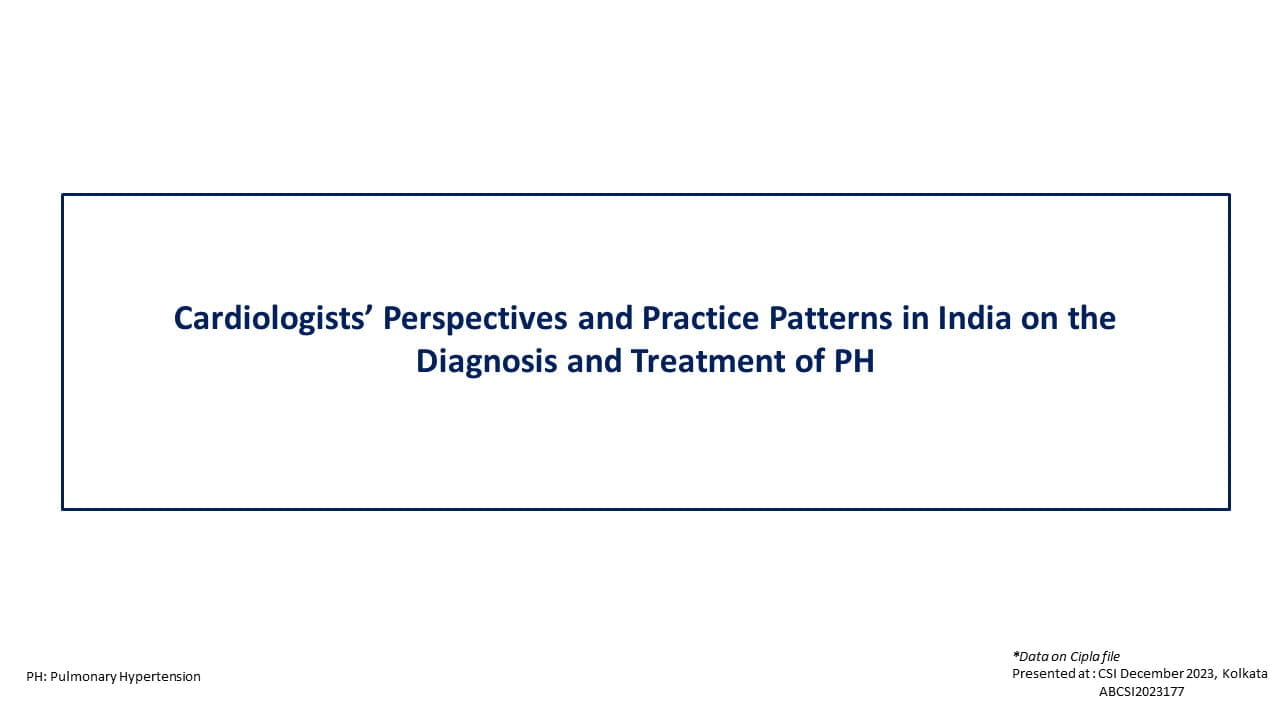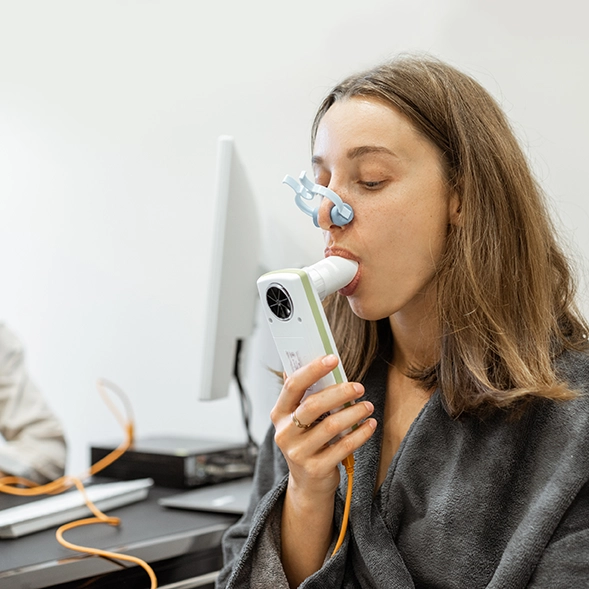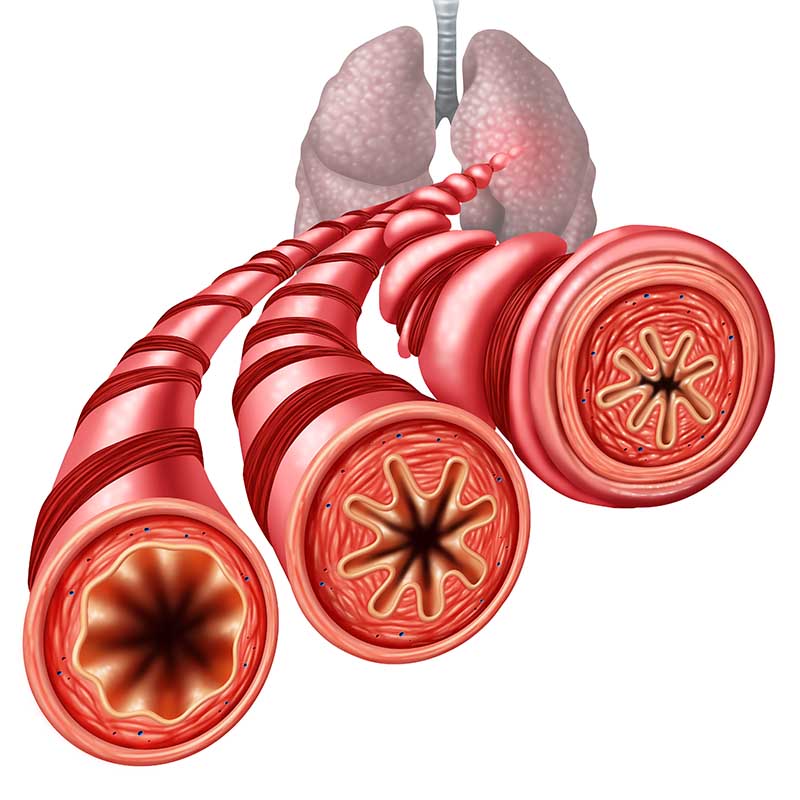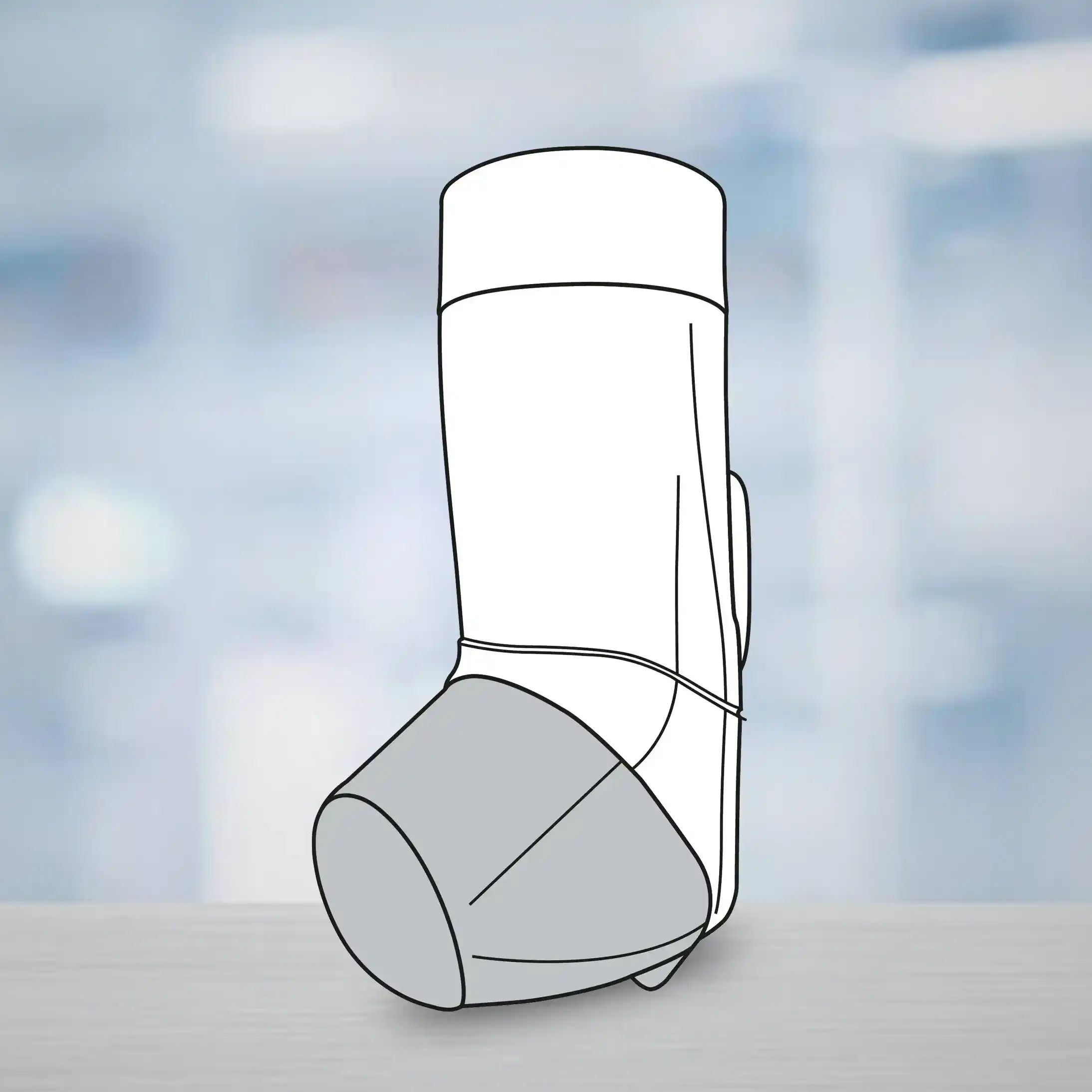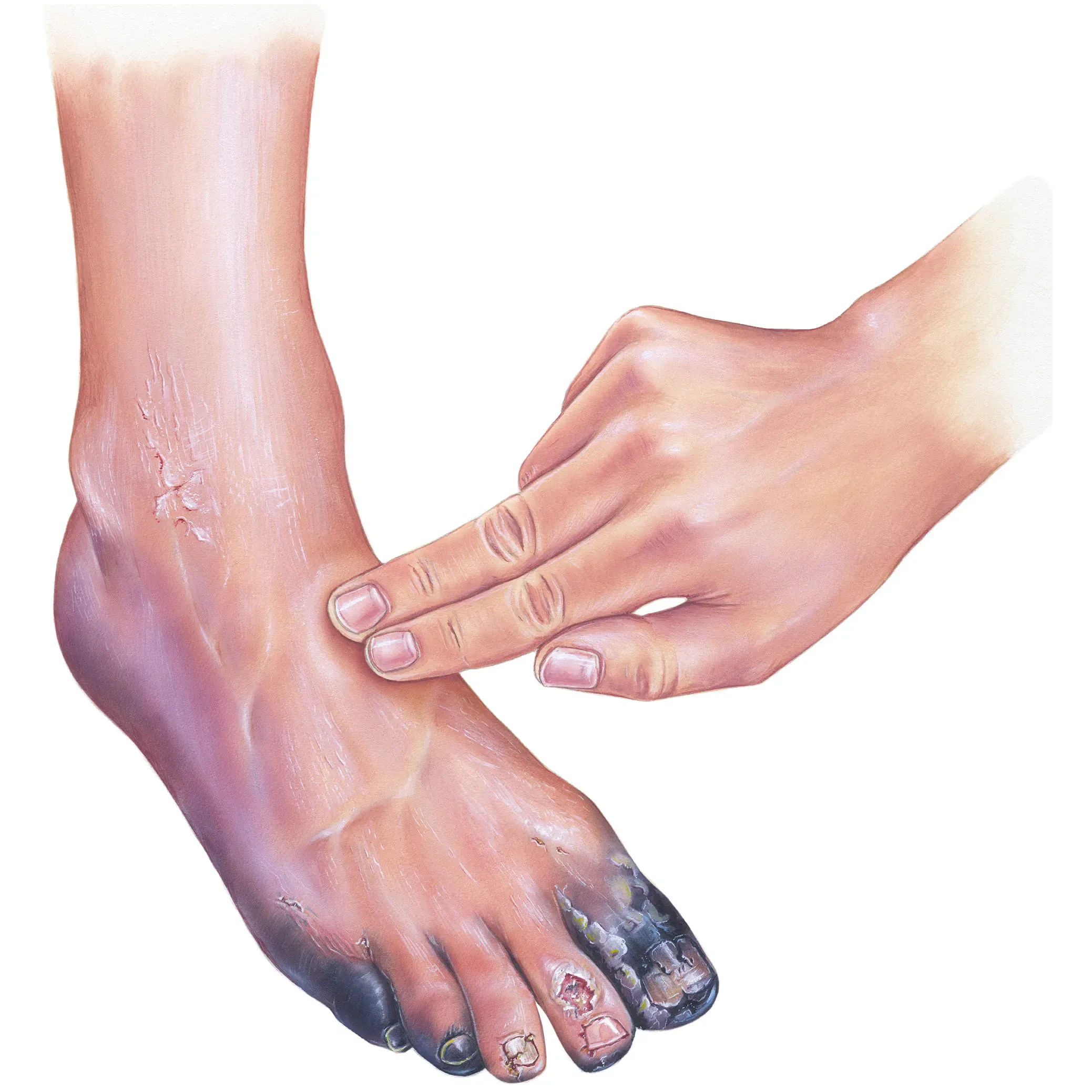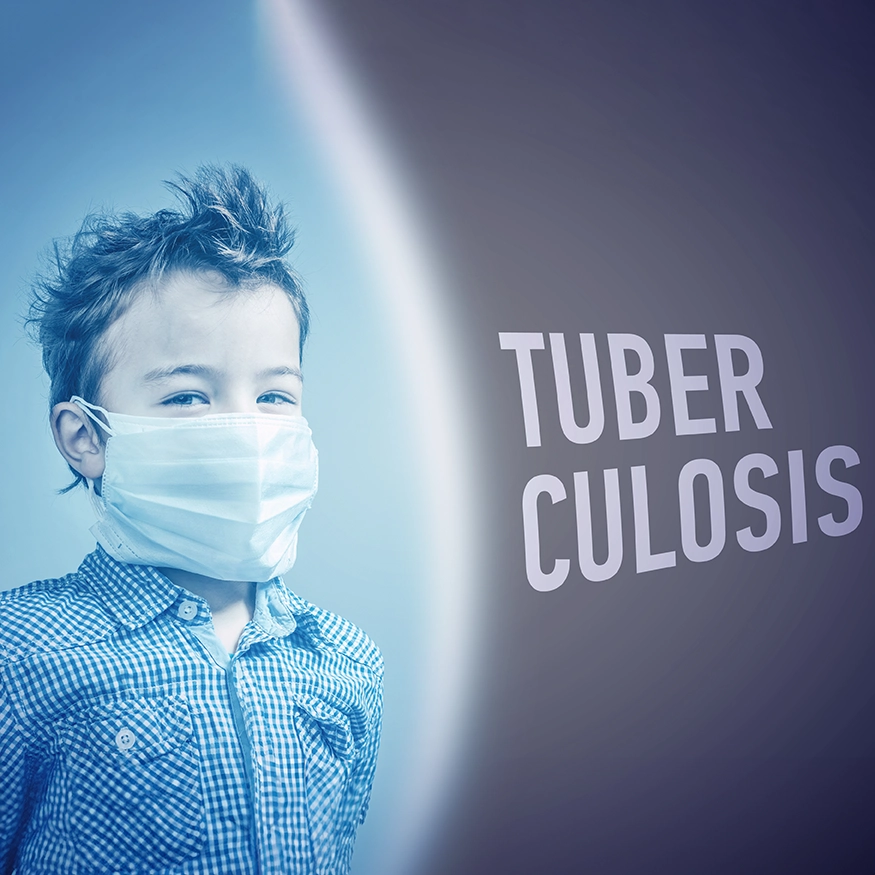Introduction
The efficacy and safety of a novel intranasal formulation containing azelastine hydrochloride (AZE) and fluticasone propionate (FP) delivered in a single spray has been demonstrated by clinical trials in USA, India and some European countries. This formulation encompasses all the treatment principles such as antihistamine, antileukotriene, mast-cell stabilizing and anti-inflammatory as per the US Allergic Rhinitis and its Impact on Asthma (ARIA) guidelines, in a single puff.
Aim
The safety and efficacy of a combined intranasal formulation containing AZE and FP was compared with a first-line antihistamine spray (AZE) in Russian population with seasonal allergic rhinitis (SAR).
Methods
Study design
- Randomized, multi-center, open-label, parallel-group, phase III clinical study
- Subjects aged 18-65 years with history of moderate to severe SAR or rhinoconjunctivitis for minimum of 2 years
- Randomized to receive either combined formulation containing 137 µg AZE and 50 µg FP (n=75) or 137 µg AZE nasal spray (n=74); one spray per nostril twice daily for 14 days
Endpoints
Primary Endpoint
- Change from baseline in morning and evening reflective total nasal symptom score (rTNSS)
Secondary Endpoints
- Change from baseline in reflective total ocular symptom score (rTOSS)
- Reflective total of 7 symptom scores (rT7SS)
- 28-item Rhinoconjunctivitis Quality of Life Questionnaire (RQLQ) overall score
- Euro-QoL-5D (EQ-5D) questionnaire score
Results
- The study group had significant reductions in the symptom scores as shown in table 1.
| Endpoints | Difference | P values |
| rTNSS | -2.47 | <0.001 |
| rTOSS | -1.62 | <0.001 |
| rT7SS | -4.34 | <0.001 |
- The group receiving combination nasal spray had superior relief on day 2 and was sustained throughout the study period
- The study group also demonstrated greater improvements in
- Overall RQLQ score – mean + SD 2.91+1.08 vs 2.05+1.15
- EQ-5D score - mean + SD 87.4+10.3 vs 83+12.8
- The incidence of adverse events (AE) were similar in both groups (14.7% vs 14.9%)
- The most frequent AE was headache
- All treatment related AEs were mild to moderate in severity
- The combination nasal spray was well tolerated
Conclusion
- The combined intranasal formulation containing azelastine hydrochloride (AZE) and fluticasone propionate (FP) was superior to AZE in offering rapid and more complete symptom relief in patients with moderate to severe seasonal allergic rhinitis
Int Arch Allergy Immunol. 2019;178(3):255-263. Doi: 10.1159/000494507.


